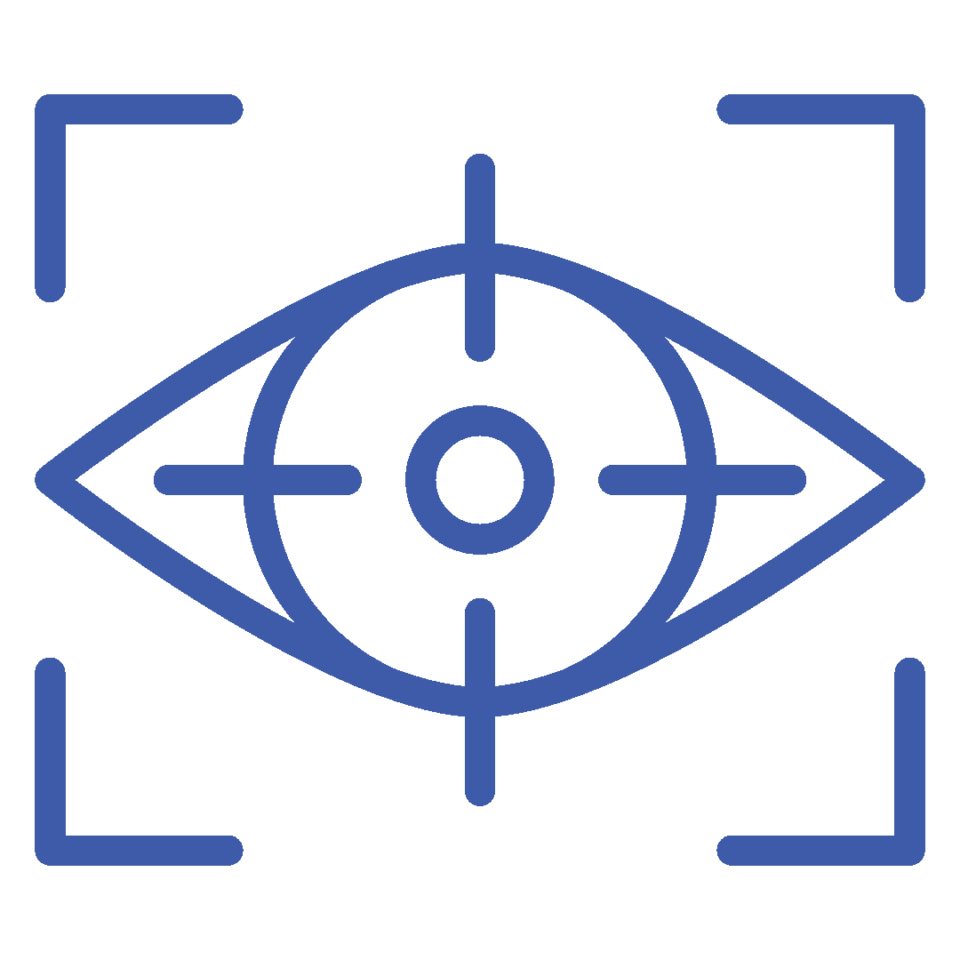
Robot adoption in the food industry continues to rise, and partly out of necessity. COVID-19 effects, the Great Resignation, and inflation have led food processing companies to purchase more robots than ever before.
In October 2022, the International Federation of Robotics (IFR) released its “World Robotics” report, which showed an all-time high of 517,385 industrial robots installed in 2021. This represents 31% year-over-year growth and exceeds the pre-pandemic record in 2018 by 22%. In the Americas alone, the food and beverage industry installed 25% more robots in 2021, a record high of 3,402 units. In 2022 the Association for Advancing Automation (A3) released figures that show robot sales in North America hitting a record high three quarters in a row. In that time period, food and consumer goods saw a 13% rise in orders year over year.
 3D Imaging Unlocks New Capabilities
3D Imaging Unlocks New Capabilities
While “blind” robots, which do not incorporate machine vision technologies, can help food processing companies automate certain tasks, pairing robots with 2D or 3D cameras opens a world of new applications. In food processing, adding 3D imaging technologies allows robots to locate food items in any orientation or spatial position, which adds a new layer of flexibility, allowing companies to automate production and overcome labor shortages while improving productivity, safety, and quality.
Several types of 3D imaging technologies on the market today can be reliably deployed into robotics applications, depending on the task at hand. This includes RGB-D, stereo vision, structured light, time of flight, and laser-based 3D implementations.
Certain food processing applications, such as sorting or picking fruits, vegetables, or grains, require the capture of color information. For these applications, 3D RGB-D (3D depth) cameras have become a viable option. 3D depth cameras gained mainstream popularity with the release of Microsoft’s Kinect, an Xbox gaming device accessory, and then later with the Intel RealSense series. 3D depth cameras use a structured light technique to capture a depth measurement (D) while also capturing color images (RGB). They combine the data — pixel to pixel — to create RGB-D images. With this information, vision-guided robots can recognize the 3D shape of a food item on a conveyor quickly enough to accurately pick up to 90 pieces per minute.
![]() A Rise in Application-Specific Systems
A Rise in Application-Specific Systems
Building an automation system suitable for the challenging requirements of a food processing facility requires a highly experienced systems integrator that can specify and integrate all necessary components, including robots, food-safe grippers, 3D cameras, a computing platform, and software. Acquiring the entire, application-specific machine vision system from a single vendor offers ease of use and support benefits. This approach has become increasingly popular.
Our white paper “3D Vision-Guided Robots Drive Food Processing Industry Growth” provides an in-depth look into food processing companies’ increased reliance on robots, the role of 3D imaging in food processing automation systems, and options that exist on the market today – including application-specific machine vision systems.